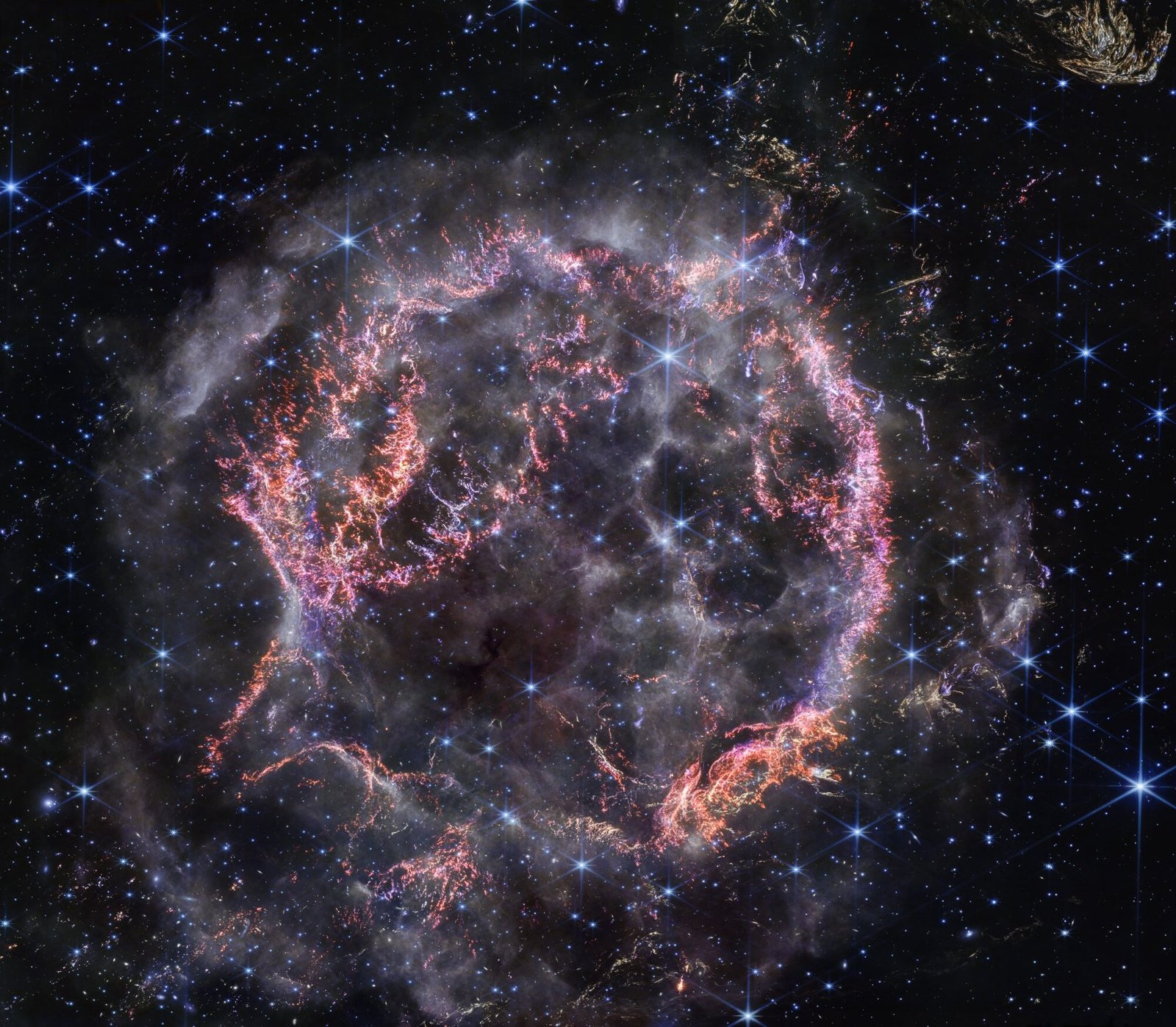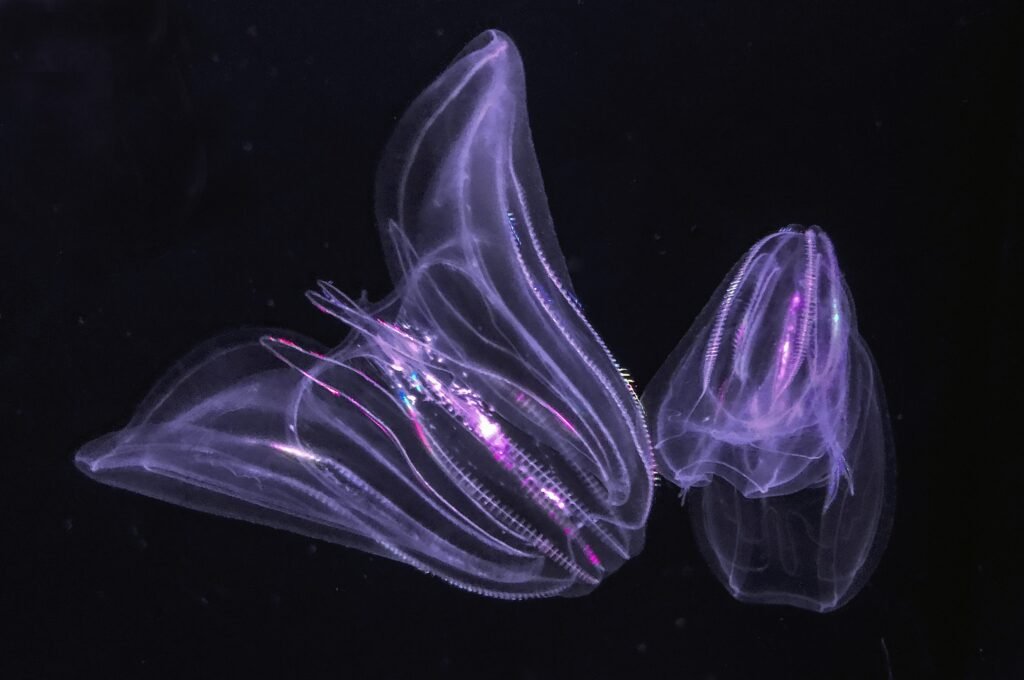NASA’s stunning view of exploded star Cas A by Webb Telescope
NASA’s stunning HD view of an exploded star Cas A by the James Webb Space Telescope amazes the world with its high-definition resolution image. Objects in space show different elements of their composition and behavior at various light wavelengths.
One of the Milky Way’s most extensively researched objects is the supernova remnant Cassiopeia A or Cas A. But among the broken remnants of the star, there are still mysteries to find out.
One of the newest tools in the researchers’ arsenal, NASA’s James Webb Space Telescope, is opening up the most recent discoveries. Researchers are blown away by Webb’s fascinating look of Cas A in the near-infrared.
Webb’s stunning image shows supernova remnant Cassiopeia A (Cas A) sparkles like a brilliant, round ornament waiting to be in the ideal location on a holiday tree.
Cassiopeia A is a remnant of a supernova explosion located in the Cassiopeia constellation. It is 11,000 light-years away, also known as a Supernova Remnant. Its explosion occurred about 340 years ago from Earth’s perspective. It made it one of the sky’s most luminous radio objects.
Click here to read the updates on Crab Nebula: An exploded star in the galaxy
Supernova Remnant
A supernova is a massive explosion that occurs when a star reaches the end of its life span and has no more fuel. The first flash of light doesn’t last long, but its effects are long-lasting.
As the shockwaves from these explosions collide with surrounding dust and gas, they travel through space and form beautiful objects known as supernova remnants.
Cassiopeia A
This recent image of Cas A shows the outer layer of material thrown out by the explosion. It combines with the gas that the massive star expelled in its last moments.
According to Danny Milisavljevic, the lead researcher from Purdue University, they can observe how the dying star completely broke apart during the explosion, leaving behind threads resembling tiny pieces of glass.” This became possible with broad imaging of the NASA Infrared Camera (NIR).
The most striking shades in Webb’s most recent photograph are clusters. They compose the inner layer of the burst star’s remnants and are seen in brilliant orange and soft pink.
The smallest gas bundles from the initial star are composed of sulfur, oxygen, argon, and neon. They are visible to Webb’s extremely sharp vision.
Read More:
- Sea creature turns into a baby when it is stressed out showing time travel
- Realme Narzo 70 Turbo 5G launch date, features, specifications & price
- European Space Agency printed 3D metal part in space for first time
- Earth’s mysterious Alaska triangle where over 20,000 people disappeared
- Philips Hue launched a new smart lighting solution for kitchen
- NASA to launch life-searching spacecraft to Jupiter’s moon Europa
Share this content:










Post Comment